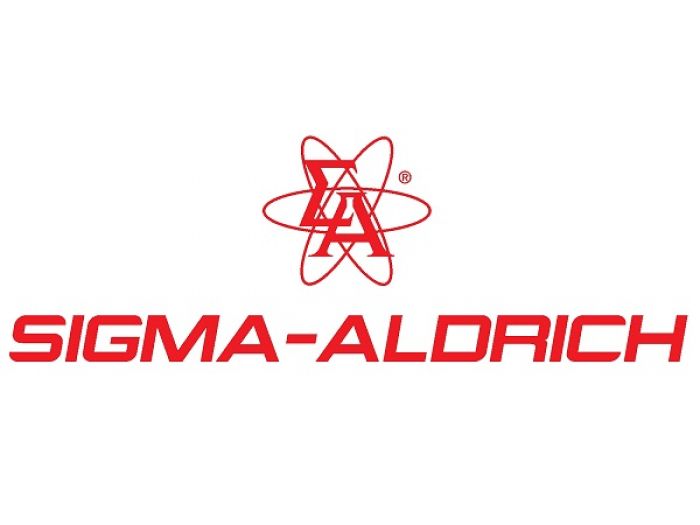




Poly-L-lysine solution
Poly-L-lysine is a positively charged amino acid polymer with approximately one HBr per lysine residue. The hydrobromide allows the poly-L-lysine to be in a crystalline form soluble in water. A small amount of product may be found in the beta structure because the HBr interferes with hydrogen bonding between amino and either the carboxyl groups or N or O containing moieties.
Application:
Poly-L-lysine polymers can be used in promoting cell adhesion to solid substrates, conjugation to methotrexate for increased drug transport, microencapsulation of islets, cell microencapsulation technology, microarray glass slide coating, and chromosomal preparations. Lower molecular weight poly-L-lysine (30,000-70,000) is less viscuous in solution, but higher molecular weight versions provide more attachment sites per molecule.
Poly-L-lysine solution has been used for the attachment of endothelial cell cross sections to UV crosslinked PET membrane frame slides.[1] Poly-L-lysine coated slides were used for the placement of tissue sections for immunohistochemical assay.[2]
Biochem/physiol Actions:
Poly-L-lysine is a nonspecific attachment factor for cells useful in promoting cell adhesion to solid substrates by enhancing electrostatic interaction between negatively charged ions of the cell membrane and the culture surface. When it is absorbed to the cell culture surface, poly-L-lysine functions to increase the number of positively charged sites available for cell binding. With cells that can digest poly-L-lysine, poly-D-lysine should be used as the attachment factor.
Packaging:
100, 500 mL in poly bottle
Preparation Note:
This product is supplied as a 0.10% (w/v) solution in water. Coating slides with this solution should be followed with a 5 minute incubation and drying the slides at room temperature. Coated slides will be stable for one year if protected from dust
